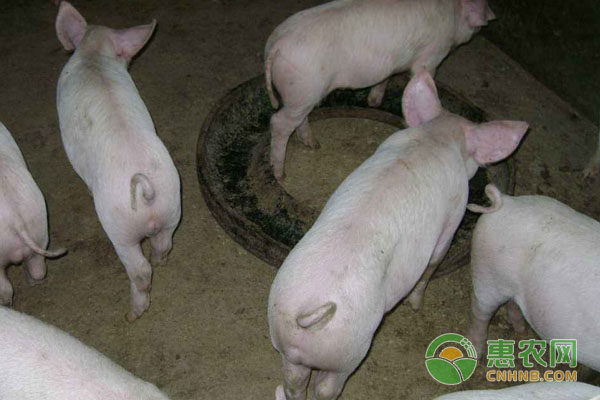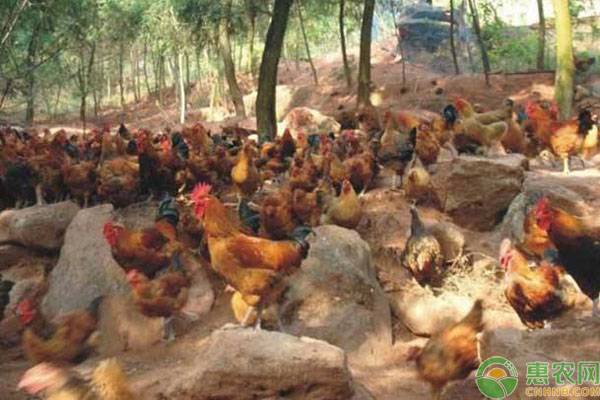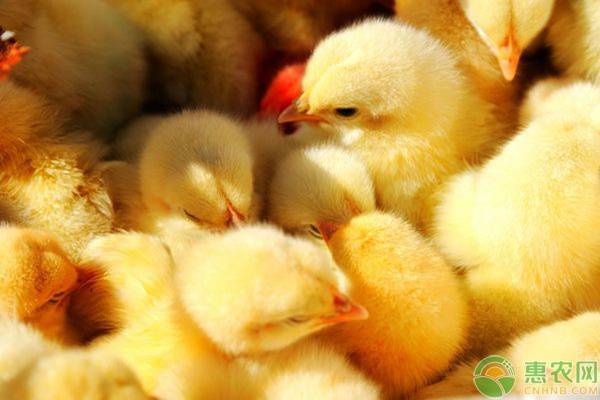What are the postpartum examination steps for sows? Key points of postpartum nursing for sows
During the production and manufacture of sows, each male reproductive organ is strongly transformed by extrusion, and its resistance is also reduced, especially in severe winter, which causes the death of sows. Therefore, it is necessary to do a good job in postpartum examination and nursing measures after sow production, and then the net editor will actually talk about the key points of postpartum examination and maintenance of sows.

I. all normal conditions of postpartum sows
1. Sows should be carefully examined within 72 hours after delivery until all the placentas are excreted.
2. In the whole process of giving birth, only a small amount of placenta can be excreted, and most of the placenta will be removed within 1-3 hours after the birth of the final piglet.
3. The surface layer of the placenta is fresh, free of rotten chemicals and unique taste.
4. All the normal conditions of postpartum sows are as follows: stable and calm, normal breast-feeding, normal drinking water, but little feeding.
5, postpartum sow vulva postpartum lochia, the hue is milky white, the delay time is 3-4 days.
Postpartum examination of sows
1. Pregnant sows should be inspected at least once an hour after giving birth.
2. If the fetal clothing is not discharged 4 hours after delivery, it should be reported to the pet doctor or technician.
3. When the placenta is excreted, check whether there is a corruption problem, and check whether the duodenal temperature is all normal (39-39.9 degrees).
4. Check whether everything is normal for sows to eat drinking water. If it is abnormal, you should pay more attention to it, and understand that this can be a sign of a difficult problem.
5. Check whether the sow is quiet and breast-feeding is normal.
6. Check postpartum lochia, if it is thick milky white or contains blood, the body temperature of sows should be examined.
7. Examine the periphery of the sow's eyes. If the mucous membrane is bright red, it indicates that the sow will have a high fever.
8. When the sow's body temperature exceeds 40 degrees and does not eat feed, it can be injected with highly effective antibiotics and treated by hand.
9. If the sow is suspected to have hysteritis, prostaglandin injection and treatment should be carried out 36-72 hours after delivery.
10. If the discharge of placenta is delayed or hysteritis occurs, you should pay more attention to the condition of the chest.
III. In the postpartum health care of sows
1. Natural environment manipulation
A, sow pregnant women after delivery, immediately measure the placenta to eliminate neatness, and scrub the hindquarters and private parts with disinfectant.
B, to maintain the dry, clean and tidy growth and development of the natural environment, it is more suitable to manipulate the temperature of the pigsty at 20-23 degrees.
C, keep the pigsty quiet and avoid frightening sows due to loud noise, harming endocrine disorders or causing difficulty in milk secretion.
2. Energy repair of postpartum sows
A, sows will stop drinking water during childbirth, and then they will easily get tired and dry mouth after birth. At this time, they can immediately fill up kinetic energy and be able to feed 1% saline, electrolyte solution, multi-dimensional water, and so on. If the sow has poor repair ability, it will be able to give intravenous infusion immediately.
B, in the sow three days after delivery, the sow needs to promote the sports ground to carry out appropriate fitness exercise, improve human resistance, and feed a certain amount of nutrients to promote the repair of sow body.
3. Feeding of postpartum sows
A, do not feed the sow within 6-8 hours after delivery, due to the poor physical function of the postpartum sow, the basic metabolism will be hindered, at this time feeding will be disadvantageous to gastrointestinal digestion and absorption, so later gradually consider the nutritional requirements of sows.
B, on the second day after delivery, feed cereal feed with high quality and easy to digest and absorb. In the case of feeding, the feed should be made into porridge, which is beneficial to sow digestion and absorption.
C, after two days of production, the digestion and absorption of sows is gradually repaired, and all normal feed can be fed at this time.
D, in the sow postpartum 3-5 days, moderately increase the amount of feed, so as to ensure adequate milk production of sows, breast-feeding must be considered.
- Prev

Why can't chickens, ducks and geese be mixed? Otherwise, it would be very easy to get sick? this is
Why can't chickens, ducks and geese be mixed? Otherwise, it would be very easy to get sick? this is
- Next

Six common causes of high mortality of chicks
Six common causes of high mortality of chicks
Related
- On the eggshell is a badge full of pride. British Poultry Egg Market and Consumer observation
- British study: 72% of Britons are willing to buy native eggs raised by insects
- Guidelines for friendly egg production revised the increase of space in chicken sheds can not be forced to change feathers and lay eggs.
- Risk of delay in customs clearance Australia suspends lobster exports to China
- Pig semen-the Vector of virus Transmission (4)
- Pig semen-the Vector of virus Transmission (3)
- Five common causes of difficult control of classical swine fever in clinic and their countermeasures
- Foot-and-mouth disease is the most effective way to prevent it!
- PED is the number one killer of piglets and has to be guarded against in autumn and winter.
- What is "yellow fat pig"? Have you ever heard the pig collector talk about "yellow fat pig"?

